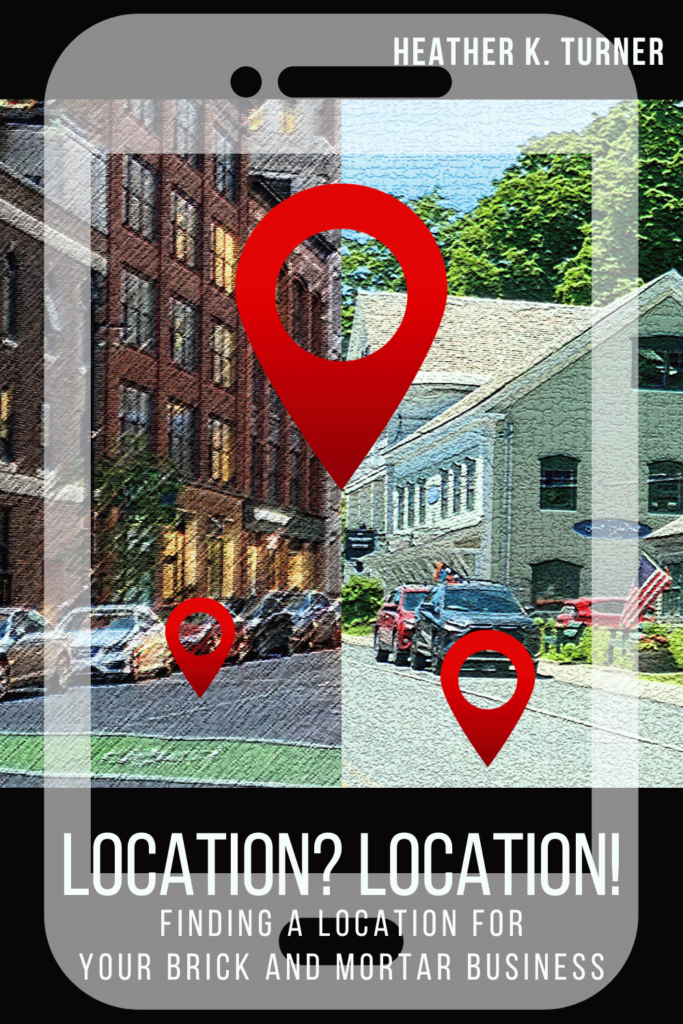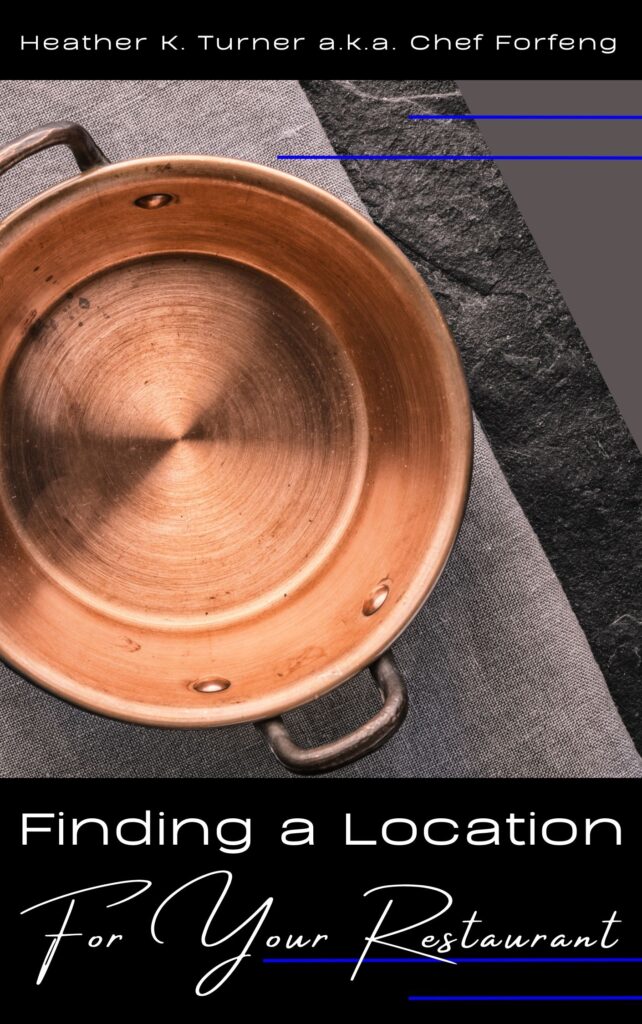
ID 209598087 ©
WD Stock | Dreamstime.com
With the new year and possibly some additional challenges to the hospitality industry coming ahead, restaurants and lodging may want to think about some additional alterative ways to generate income.
I look at it this way: Plan for the Best but be Prepared for the Worst. If you are a Monty Python fan, you might recognize “No one plans for the Spanish Inquisition”. If you are not, do a little search on YouTube for the full sketch.
Many businesses don’t expect hurricanes, tornadoes, floods, earthquakes or other disasters both natural and man-made, no one could have predicted the impact Covid had, no matter what side of the fence you sit on, it had a significant impact on the economy.
Something along those lines or other (aliens could take over the world, we really don’t know what’s out there in the universe, or there could be a solar flare, sadly even more realistic) could happen but the reality is, businesses should prepare, just in case. Again, Plan for the Best but be Prepared for the Worst (as a backup plan).
I advise businesses it doesn’t matter how well your business is doing. Never stop marketing and always be prepared. When you have a power outage for a couple of days, better to have a couple of gallons of water on hand than not. Think of this as having some extra water kicking around (just as a backup) and extra money in your pocket is never a bad thing to have.
For Lodging:
Staycations have been “in” for a while, but how many lodging establishments have actually created packages for them or created a marketing plan for them?
For Rooms: (If you have 6 rooms or more (or even less) but bookings are low:
- If you have extra rooms not regularly booked, consider offering them for monthly, quarterly, or longer-term rentals. Dedicated income is never a bad thing. Medical professionals, visiting doctors and nurses are having an ongoing time finding housing and they are great short term and longer term tenants.
- Office space or Co-working space. Massage therapists always seem to be looking for space rental (also something you can use in your advertising: massage therapist on site). I saw two “asks” in local Facebook forums just in the last couple of days.
- Inventory storage space for another local business and/or climate controlled storage space for rent.
- Studio space for artists (you could tie packages into an artist in residence).
- Counselors or therapist’s rental space.
- Nonprofit office space.
For Your Dining Room/Living Room/Other Space
- Rent out space as needed to photographers/videographers who may need space for photo/video shoots.
- Offer the space for local meetings or events. If the layout and setup is conducive to having a screen and projector setup available for meetings, consider buying a projector and screen. For under $300 you can purchase both for the needs of a smaller room, and if you rent them out to meetings even for $50 or less, you can quickly make your money back. Renting out a projector from a party planning business typically costs twice that. I’d recommend if you go this route and start doing a lot of meetings adding a backup projector to the mix. You can get refurbished older projectors affordably from Ebay and Amazon. Upsell it by offering coffee, tea and other refreshments or box lunches.
- Pop up shops for local crafters or indoor farmers’ market
- Consider the old style boarding house model, room and board for monthly or longer-term renters. Finding housing is at an all time need around the country and there are probably professionals who don’t have the time or desire to cook meals for themselves, plus in need of housing. Check your local zoning laws and state laws, but if your property is already a commercial business, this may just be getting another license for an additional type of food permit. In New Hampshire, a Bed and Breakfast license is $175 per year, a restaurant license for 25-99 seats is $350 a year. You may need some additional inspections or requirements but it might be worth looking into. If you have six rooms and rent two long-term or monthly at $50 a night, that generates about $1500 a month per room, or $36,000 a year for two. Is it worth it to you to cook an extra couple of meals per day and do some extra cleaning? Even with food and some extra time for laundry, something to chew on. Just like renting to a longer term renter, you would want to be selective of who you take in, but probably less trouble than some short-term rental guests who come from an online platform.
- During the day when the space is not being used, rent it out for yoga or mediation classes (again this could be a good advertising addon for your own business)
For Both Lodging and Restaurants:
- Rent out the kitchen for commissary kitchen space (when you are not using it). There are a lot of small food producers who are looking for commercial kitchen space to use. Connect with your local SCORE chapter, SBDC, or CWE offices and let them know, so they can let clients know you have space available. In New Hampshire for example, there are less than 5 commissary kitchen spaces for use by food producers, food trucks, small chef and catering companies and other food base companies like people who make dog biscuits, but have too much volume for a home kitchen. Cottage food laws may allow a dog biscuit business to bake at home in New Hampshire, but a personal chef making meal kits must use a commercially inspected commissary kitchen or other state inspected facility. In every state, there seems to be a lot less commissary kitchen space available than what the needs of small food businesses are looking for. I run into this frequently when working with food trucks and other small food independent food providers.
- Consider co-op buying with other local food type businesses. Many decades ago, when I was a chef on Cape Cod, we did this with some other local restaurants during the slow time of year. On Cape Cod in the busy seasons, we would do several hundred covers (dinners) per night on a weekend night, during the winter sometimes we would be lucky to do a dozen covers. The choice between shopping at a grocery store to keep the restaurant going was not an option because prices are higher than wholesale, so we banded together so we could make a broadliner’s (for those new or starting in the industry, a broadliner is a larger wholesale foodservice vendor) minimum order requirements which could be $400 per minimum order. B&Bs, hotels, bakeries, restaurants, cafes and caterers, as well as smaller food service businesses (like those mentioned above) could all take advantage of co-op buying to buy in bulk and keep costs down.
For restaurants:
For restaurants I wish I had a magic wand above and beyond renting out kitchen space for additional income to deal with high food costs and the ongoing employee shortage, but here are some ideas that you could try to bring in some extra revenue and try some things that are a little different to incentivize customers to patronize your establishment.
- This differs from just renting out kitchen space, more along the lines of renting out the full restaurant during any days you are not normally open. Consider the Restaurant-as-a-Service (RaaS) for other small businesses. Rent out your full facility out to chefs or starting entrepreneurs (suggested they have business insurance and ServSafe at a minimum) to test out limited time menus or food concepts. There is no lack of people who want to start a food truck and want to test out their menus in advance, or private chefs who may want to advertise their services more. You could use this as an additional marketing tool to create buzz for your business, and tie into additional cross promotions with any small business you might partner with.
- Offer Tasting Tuesdays (or any day of the week). Beer or Wine Tastings (on your closed days) with snacks or small plate meals. Coordinate with your beverage reps to help with promotions and products.
- Beer and wine flights have been a “thing” for awhile, but what about tea or coffee flights paired with desserts or other complimentary foods, like a tea flight paired with tea smoked fish and tea smoked vegetables and/or cheeses.
- Partner with food banks or pantries to donate excess or close to code food, reinforcing your community involvement. Helping your local community and being realistic here, it’s a good advertising hook, and if donating to a 501c3, a potential tax write off. You have 2 days left on 4 gallons of milk and business is slow and you will never use it all up in time…..
- Host cultural learning dining nights, a theme might be the food of India and have some education around the menu and the ingredients, history of the dishes, and more. A server can give an overview when guests are seated, and you can provide printed handouts or QR codes on menus or tabletop stands linking to more information about each dish, its ingredients, and preparation.
A few additional things I’ve seen getting traction in bigger urban areas and a few additional ideas as well.
Incentives for bring your own takeout containers to reduce your takeout container costs (plus it’s more eco friendly and good advertising hook.
Organize some interactive dining experiences, Dining in the Dark, for instance. Many years ago, my husband and I attended a benefit dinner where you ate a 4-course meal while blindfolded. The dinner benefited a New England Guide Dog organization; the organization covered all staff and food costs, and the restaurant kept income from drinks ordered before, during, and after the dinner. Prior to the dinner there was a cash bar and light hors d’oeuvres. The event was packed with a waiting list and I have to be honest, as an attendee, it was one of the most fun dinners I’ve ever had.
A few more:
Murder Mystery Dinners, Interactive Dessert Stations (if you have never seen anyone make ice cream with liquid nitrogen, it’s a blast to watch), escape room dining (diners have to solve puzzles to get access to drinks or courses), team building dinners, roll your own California/Nori rolls (with a demonstration and people to assist if needed). Themed dinners like time travel night (food from another era) or international cuisine night. Go whole hog and do a Star Trek themed night with foods that mimic foods found in Star Trek episodes (Gagh for example is made of serpent worms (in the show), it wouldn’t be hard to make pasta with a soy-based sauce that mimics the look (but not flavor 😊) of this traditional Klingon delicacy.) If you do a little search in Google or ChatGPT for food and drinks inspired by tv shows and movies, you came up with some fun ideas you could build whole themed nights around things like Pan Galactic Gargle Blaster (Hitchhiker’s Guide) – Gin, lemonade, and a touch of absinthe or licorice liqueur, Twin Peaks Cherry Pie – A classic diner-style cherry pie with a flaky crust and Red Rum Cake (The Shining) – A rich red velvet cake with dark chocolate icing and many more.
In the coming months, I’ll try to suggest some additional revenue streams and ideas for restaurants to experiment with as well.
Happy New Year!
A Toast to the Hospitality World filled with dedicated, hardworking people who love food and the industry. May the coming year be filled with happy customers and guests, good reviews, and fresh opportunities to make a profit.


